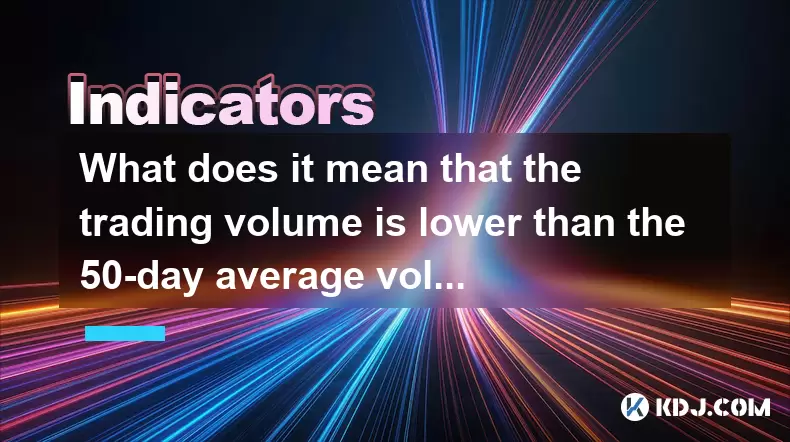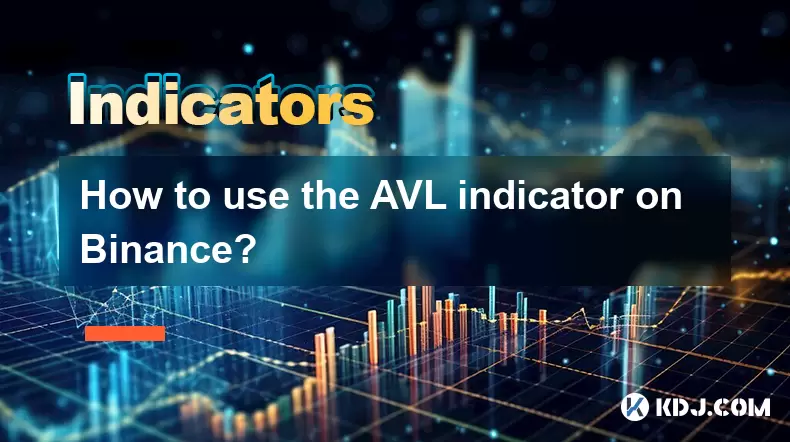-
 Bitcoin
Bitcoin $117700
-0.03% -
 Ethereum
Ethereum $3805
0.49% -
 XRP
XRP $3.098
-1.00% -
 Tether USDt
Tether USDt $1.000
0.03% -
 BNB
BNB $792.8
-1.72% -
 Solana
Solana $177.9
-1.95% -
 USDC
USDC $1.000
0.02% -
 Dogecoin
Dogecoin $0.2202
-1.55% -
 TRON
TRON $0.3278
-2.92% -
 Cardano
Cardano $0.7641
-2.43% -
 Hyperliquid
Hyperliquid $42.21
-2.68% -
 Sui
Sui $3.758
-1.58% -
 Stellar
Stellar $0.4080
-3.21% -
 Chainlink
Chainlink $17.75
-0.33% -
 Bitcoin Cash
Bitcoin Cash $591.8
4.96% -
 Hedera
Hedera $0.2561
-3.09% -
 Avalanche
Avalanche $23.34
-4.24% -
 Litecoin
Litecoin $110.7
1.96% -
 UNUS SED LEO
UNUS SED LEO $8.956
-0.01% -
 Toncoin
Toncoin $3.410
0.79% -
 Ethena USDe
Ethena USDe $1.001
0.03% -
 Shiba Inu
Shiba Inu $0.00001288
-1.82% -
 Uniswap
Uniswap $10.07
-2.06% -
 Polkadot
Polkadot $3.807
-2.27% -
 Monero
Monero $308.2
-2.15% -
 Dai
Dai $1.000
0.03% -
 Bitget Token
Bitget Token $4.521
-0.30% -
 Pepe
Pepe $0.00001134
-1.52% -
 Cronos
Cronos $0.1457
0.65% -
 Aave
Aave $274.9
-2.47%
What does it mean that the trading volume is lower than the 50-day average volume line for 5 consecutive days?
"Five consecutive days of crypto trading volume below the 50-day average may signal market indecision, consolidation, or an upcoming breakout—watch for price moves after extended low-volume periods."
Jun 20, 2025 at 07:28 pm

Understanding the 50-Day Average Volume Line
The 50-day average volume line is a technical indicator used in cryptocurrency and financial markets to measure the average trading volume of an asset over the past 50 days. This metric helps traders assess whether the current level of activity is above or below the norm, offering insights into potential shifts in market sentiment.
In the context of cryptocurrencies like Bitcoin (BTC) or Ethereum (ETH), volume represents the total number of coins traded within a specific time frame—usually daily. When this figure falls below the 50-day average volume line, it signals that fewer investors are actively buying or selling the asset compared to historical levels.
Key Point: A consistently declining volume can indicate reduced interest or uncertainty among traders.
Interpreting Five Consecutive Days Below the 50-Day Average Volume
When the trading volume remains below the 50-day average for five consecutive days, it may suggest several underlying dynamics:
- Market consolidation: The price may be entering a phase where no strong directional movement is occurring.
- Lack of new buyers or sellers: There could be hesitation among traders to enter new positions.
- Profit-taking or position reduction: Traders might be closing positions after a recent rally or dip.
This kind of volume pattern is often observed before significant price moves—either up or down—as low volume can reflect indecision in the market.
Important Note: Low volume alone doesn’t predict direction but can serve as a warning sign of potential volatility ahead.
How to Identify This Pattern on Trading Platforms
To detect when the volume has been below the 50-day average for five days, follow these steps on platforms like Binance, TradingView, or CoinMarketCap:
- Open the chart of the cryptocurrency you're analyzing.
- Locate the volume bar chart at the bottom of the screen.
- Add the 50-day moving average of volume as an overlay or separate panel.
- Manually check each day’s volume bar against the 50-day average line or use a script to highlight when it's lower.
Some platforms allow you to set alerts or use custom scripts to automate this detection process.
- Navigate to the 'Indicators' section on your charting tool.
- Select 'Volume' and apply a 50-period simple moving average (SMA).
- Compare daily volume bars with the SMA line visually.
- Use conditional formatting or alert features if available.
Tip: Combine this observation with other indicators like RSI or MACD for better accuracy.
Possible Market Scenarios After Extended Low Volume Periods
After observing five or more days of volume below the 50-day average, the market may react in different ways depending on broader conditions:
- Breakout scenario: If the price breaks out of a consolidation range after low volume, it can lead to a sharp move as trapped traders rush to adjust positions.
- Continuation pattern: In trending markets, a pause in volume might precede a continuation of the existing trend.
- Reversal possibility: Prolonged low volume during a rally or sell-off may signal exhaustion and a possible reversal.
These scenarios are not guaranteed, but they provide a framework for assessing risk and opportunity.
Caution: Avoid making impulsive trades solely based on volume patterns without confirming signals from other tools.
Historical Examples in Cryptocurrency Markets
Looking back at major cryptocurrencies, there have been multiple instances where extended low volume preceded notable price actions:
- During late 2021, Ethereum's volume dropped significantly for several days before a sharp upward move following positive ETH 2.0 news.
- In early 2022, Bitcoin experienced multi-day low volume periods just before major corrections, indicating waning trader interest.
Analyzing such historical patterns can help traders recognize similar setups in real-time and prepare accordingly.
Insight: Reviewing past data can enhance your understanding of how volume impacts price behavior in crypto markets.
Frequently Asked Questions
Q: Does low volume always mean a price drop is coming?
A: No, low volume does not guarantee a price drop. It simply indicates reduced participation and can precede either a breakout, breakdown, or continued consolidation.
Q: Can I trade based only on volume patterns?
A: While volume is a powerful tool, relying solely on it can lead to false signals. Always combine volume analysis with price action and other technical indicators.
Q: How do I differentiate between normal volume fluctuations and concerning trends?
A: Look for consistency. If volume stays below the 50-day average for five or more days, especially after a strong move, it may signal a shift in momentum.
Q: Are there differences in interpreting volume across various cryptocurrencies?
A: Yes, smaller altcoins may naturally have more volatile volume patterns. It's essential to consider the asset's liquidity and typical trading behavior when interpreting volume data.
Disclaimer:info@kdj.com
The information provided is not trading advice. kdj.com does not assume any responsibility for any investments made based on the information provided in this article. Cryptocurrencies are highly volatile and it is highly recommended that you invest with caution after thorough research!
If you believe that the content used on this website infringes your copyright, please contact us immediately (info@kdj.com) and we will delete it promptly.
- Cold Wallet vs. MetaMask: A Crypto Wallet Revolution?
- 2025-07-31 10:30:57
- Bitcoin Casinos in 2025: Instant Payouts and Welcome Bonuses
- 2025-07-31 10:50:33
- Meme Coins in 2025: Token Burns and the Quest for Moonshots
- 2025-07-31 10:50:33
- Unlocking Value: A Deep Dive into Random Year 1 oz Krugerrand Gold Coins
- 2025-07-31 10:57:21
- LYNO Token Presale: AI Arbitrage Revolution in DeFi
- 2025-07-31 05:11:11
- Pepecoin Successors: Can These Cryptocurrencies Make You a Millionaire?
- 2025-07-31 05:50:12
Related knowledge

How to use the AVL indicator to confirm a trend?
Jul 31,2025 at 10:25am
Understanding the AVL Indicator and Its ComponentsThe AVL indicator, also known as the Accumulation Volume Line, is a technical analysis tool that com...

How does volume affect the AVL indicator?
Jul 31,2025 at 11:23am
Understanding the AVL Indicator and Its Core ComponentsThe AVL indicator, short for Accumulation Volume Line, is a technical analysis tool used primar...

How to use the AVL indicator with MACD for better signals?
Jul 31,2025 at 09:22am
Understanding the AVL Indicator and Its Role in Cryptocurrency TradingThe AVL indicator, also known as the Accumulation Volume Line, is a volume-based...

How to identify sell signals with the AVL indicator?
Jul 31,2025 at 07:09am
Understanding the AVL Indicator and Its Core ComponentsThe AVL indicator, also known as the Accumulation Volume Line, is a volume-based technical anal...

How to use the AVL indicator on Binance?
Jul 31,2025 at 12:22pm
Understanding the AVL Indicator and Its Relevance on BinanceThe AVL indicator, also known as the Accumulation Volume Line, is a technical analysis too...

What are the best settings for the AVL indicator?
Jul 31,2025 at 10:04am
Understanding the AVL Indicator and Its PurposeThe AVL indicator, also known as the Accumulation Volume Line, is a technical analysis tool used in the...

How to use the AVL indicator to confirm a trend?
Jul 31,2025 at 10:25am
Understanding the AVL Indicator and Its ComponentsThe AVL indicator, also known as the Accumulation Volume Line, is a technical analysis tool that com...

How does volume affect the AVL indicator?
Jul 31,2025 at 11:23am
Understanding the AVL Indicator and Its Core ComponentsThe AVL indicator, short for Accumulation Volume Line, is a technical analysis tool used primar...

How to use the AVL indicator with MACD for better signals?
Jul 31,2025 at 09:22am
Understanding the AVL Indicator and Its Role in Cryptocurrency TradingThe AVL indicator, also known as the Accumulation Volume Line, is a volume-based...

How to identify sell signals with the AVL indicator?
Jul 31,2025 at 07:09am
Understanding the AVL Indicator and Its Core ComponentsThe AVL indicator, also known as the Accumulation Volume Line, is a volume-based technical anal...

How to use the AVL indicator on Binance?
Jul 31,2025 at 12:22pm
Understanding the AVL Indicator and Its Relevance on BinanceThe AVL indicator, also known as the Accumulation Volume Line, is a technical analysis too...

What are the best settings for the AVL indicator?
Jul 31,2025 at 10:04am
Understanding the AVL Indicator and Its PurposeThe AVL indicator, also known as the Accumulation Volume Line, is a technical analysis tool used in the...
See all articles

























































































